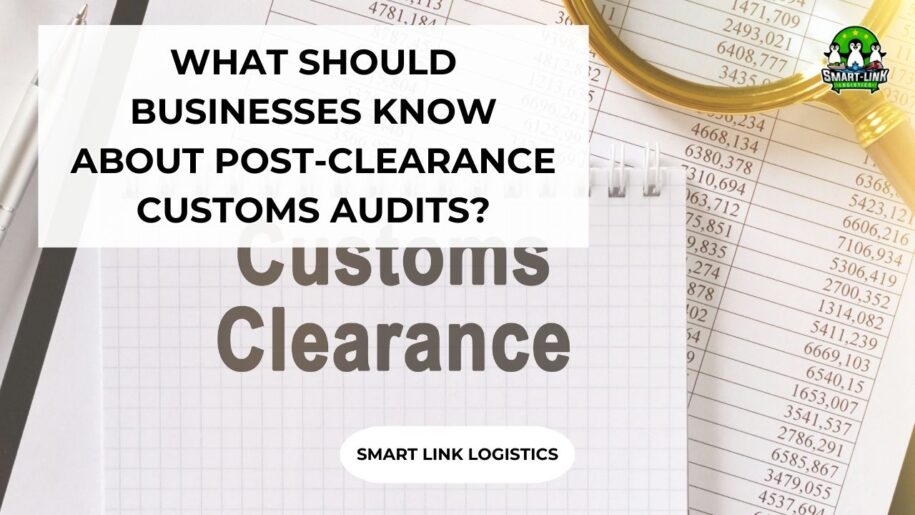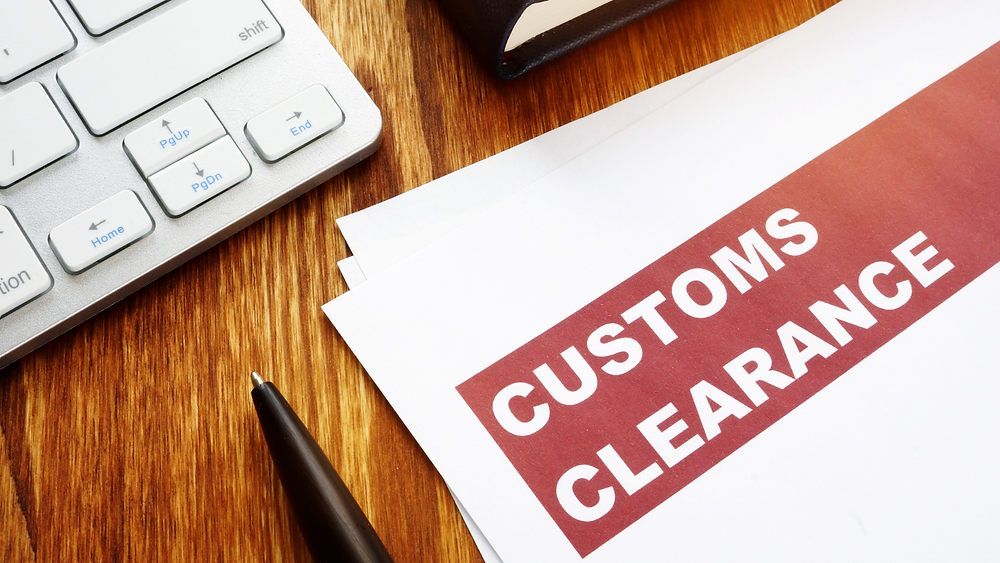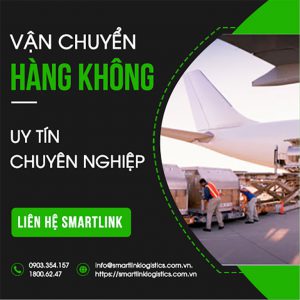
WHAT SHOULD BUSINESSES KNOW ABOUT POST-CLEARANCE CUSTOMS AUDITS?
After a shipment has cleared customs, many businesses assume that the import-export process is fully completed. However, in reality, customs authorities in Vietnam retain the right to conduct post-clearance audits (PCA) to ensure compliance with regulations related to customs procedures, taxation, and trade.
So what happens if your goods are subject to a customs audit after clearance? What potential risks might your business face? Let’s explore the details in the article below.
What is a Post-Clearance Customs Audit?
A post-clearance customs audit (PCA) is an inspection conducted by customs authorities after goods have been released from customs. The objective is to assess the accuracy of customs declarations and determine whether businesses are complying with customs laws and regulations.
These audits can take place at customs offices or at the premises of the importing/exporting company, such as their headquarters, warehouses, or production facilities.
Types of Audits That May Be Conducted
During a post-clearance audit, customs authorities may apply one or more of the following forms of inspection:
1. Document Review
Customs officers will examine all documents related to the shipment for accuracy and legal compliance. This includes:
-
Customs declarations
-
Commercial contracts
-
Invoices and bills of lading
-
Certificates of origin (C/O)
-
Import licenses (if required)
-
Detailed packing lists
-
Accounting records and other relevant internal documentation
2. Physical Inspection of Goods (If Necessary)
If there are concerns about inconsistencies between the declaration and the actual goods, customs may re-inspect the shipment, provided it is still available. They will verify quantity, quality, product specifications, HS codes, customs valuation, usage, and technical details.
3. Requests for Explanations and Additional Information
Businesses may be asked to submit additional documentation or written explanations to clarify discrepancies in their customs filings. This may include internal meeting minutes, email communications with suppliers, or accounting records.
4. On-Site Inspection at the Business Premises
Customs authorities may visit a company’s office, warehouse, or factory to directly verify business operations and compare records with submitted declarations.

Consequences of Non-Compliance
If violations are detected during the audit, the business may face serious legal and financial consequences, such as:
1. Back Taxes
If under-declaration or misreporting has resulted in underpaid taxes, customs will recover the unpaid amount along with late payment penalties calculated per day, as stipulated by the Law on Tax Administration.
2. Administrative Penalties
Depending on the severity of the offense, the business may be subject to administrative fines. Common violations include:
-
Incorrect HS code declaration
-
Understating customs value
-
Incomplete documentation
-
Failure to provide explanations within the prescribed time frame
-
Violating sector-specific inspection regulations
3. Tax Assessment
If customs authorities find insufficient justification for the declared value or suspect the accuracy of the declaration, they have the right to determine a new customs value. This value is often based on reference pricing or comparable transactions, potentially resulting in higher taxes owed.
4. Referral to Investigative Authorities
In cases involving criminal activity such as large-scale tax evasion, smuggling, or the use of falsified invoices, the case will be transferred to police or other investigative bodies for handling under criminal law.
5. Damage to Business Reputation and Operations
Companies found in violation during audits may be flagged as high-risk, leading to more frequent and stringent inspections in the future. This increases both clearance time and logistics costs, and may undermine trust with business partners.
6. Other Remedial Measures
Depending on the violation, businesses may be required to:
-
Destroy non-compliant goods
-
Re-export the shipment
-
Return any unlawfully obtained profits
-
Fulfill additional financial obligations as determined by customs authorities
How to Minimize Risks
To avoid penalties and complications during a post-clearance audit, businesses should adopt the following proactive measures:
-
Carefully review all customs declarations before submission
-
Maintain comprehensive and organized documentation, including contracts, invoices, bills of lading, and internal audit records
-
Ensure strong coordination among departments such as import-export, accounting, legal, and warehouse operations
-
Stay updated on the latest customs regulations, HS code classifications, and tax policies
-
Provide regular internal training on customs compliance and declaration procedures
Conclusion
Post-clearance audits are a critical part of customs enforcement and trade compliance. Understanding the process and potential consequences can help businesses proactively avoid risks and protect their legal interests. Rather than viewing audits as a threat, consider them an opportunity to review internal operations and strengthen compliance — a key step toward sustainable growth in the long term.
If you’re looking for the best import-export solutions, feel free to contact us for detailed consultation. If you need legal support or assistance with customs procedures in import-export activities, please contact Smart Link Logistics for fast and efficient consultation. With over 14 years of experience in the transportation field, we are proud to accompany you throughout your journey.
Hotline: + 84 902 964 982 to know more about our services

If you require assistance with international import and export of goods, please contact our team at Smartlink Logistics. We are available to provide you with professional guidance on our services and the necessary customs procedures.
SMART LINK: BEST SERVICE BEST YOU


































